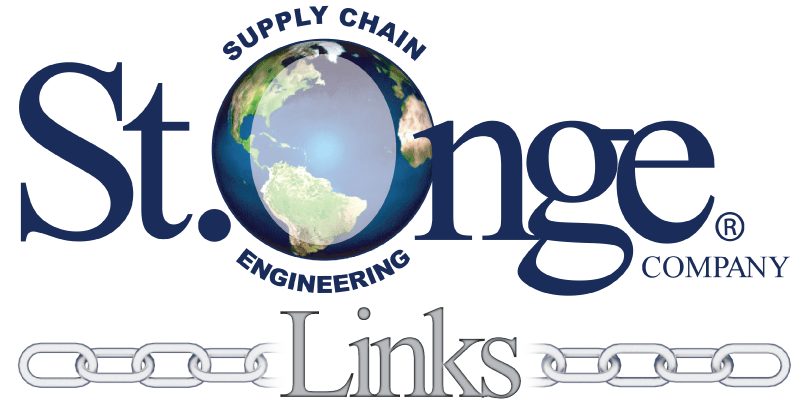 Strengthening your supply chain one link at a time.
Strengthening your supply chain one link at a time.
A typical supply chain network optimization project analyzes the physical infrastructure and flow of product through the supply chain. Questions that are answered as a result of a network optimization may include:
The process of answering these questions requires consideration of many factors, such as facility open/close decisions, customer service and facility constraints, and a large amount of operational data, such as customer demand and freight rates. Typically, supply chain practitioners turn to mathematical modeling techniques to address network optimization questions. Except for the simplest of supply chains, these network models are extremely complex and difficult to solve from a mathematical standpoint. As a result, specialized software packages, such as Llamasoft’s Supply Chain Guru, have been developed. In the hands of an experienced user, these software packages provide a powerful tool in the tool belt of a network modeler.
There are situations, however, when utilizing the full force of network optimization software is overkill. Instead, it is more efficient, and at times more accurate, either to use the software as a calculator or to utilize Excel to address the questions. These situations tend to revolve around the specificity of the questions being addressed. For example, suppose the lease on your Atlanta DC is set to expire in 12 months, freight is mostly truckload to the customer, and servicing Florida is costly with long transit times. Your boss has asked you to quickly evaluate the benefits of relocating further south to better service customers in Florida.
You could construct a model of your entire U.S. network, lock open all DCs except Atlanta, and then run scenarios with candidate DC locations in the south. This could become complex and time-consuming, especially if you have to build the model from scratch and err on the side of including too many supply chain components (inbound freight, manufacturing/procurement, facility costs and capacities, etc.).
Instead, what if you compiled a list of customers currently serviced by the Atlanta DC that included the number of annual truckloads shipped to each customer, then built a simple model either in Excel or Llamasoft that included a handful of candidate DC locations. There are likely less than twenty cities in the southeast that would need to be evaluated for relocation. The model/Excel could include other DCs in your network, in case some Atlanta customers would shift if the DC were to move south. Generating distance and transit time from each DC to each customer could either be done using Llamasoft or a tool like PCMiler. With this information, it is a rather simple exercise to generate an exhaustive ranking of all potential locations. The ranking would report expected annual freight spend (which would be calculated assuming a reasonable cost per mile) and the expected weighted average transit time to the customer. In addition, it would be a straightforward exercise to quantify the freight from source to DC using a list of top vendors/plants along with the number of annual trucks.
While the results of this type of modeling would not be sufficient to make a final decision to relocate the DC, it would provide insights to determine if the potential benefits justify further investigation. The modeling did answer the question that was posed in a timely manner. Einstein is claimed to have said, “Everything should be made (modeled) as simple as possible, but not simpler.” In other words, construct models to answer the specific questions at-hand, and avoid building a model that could answer a multitude of questions that will likely never be asked. Sometimes this means a simple network model or Excel spreadsheet.
—Dave Wheeler, St. Onge Company